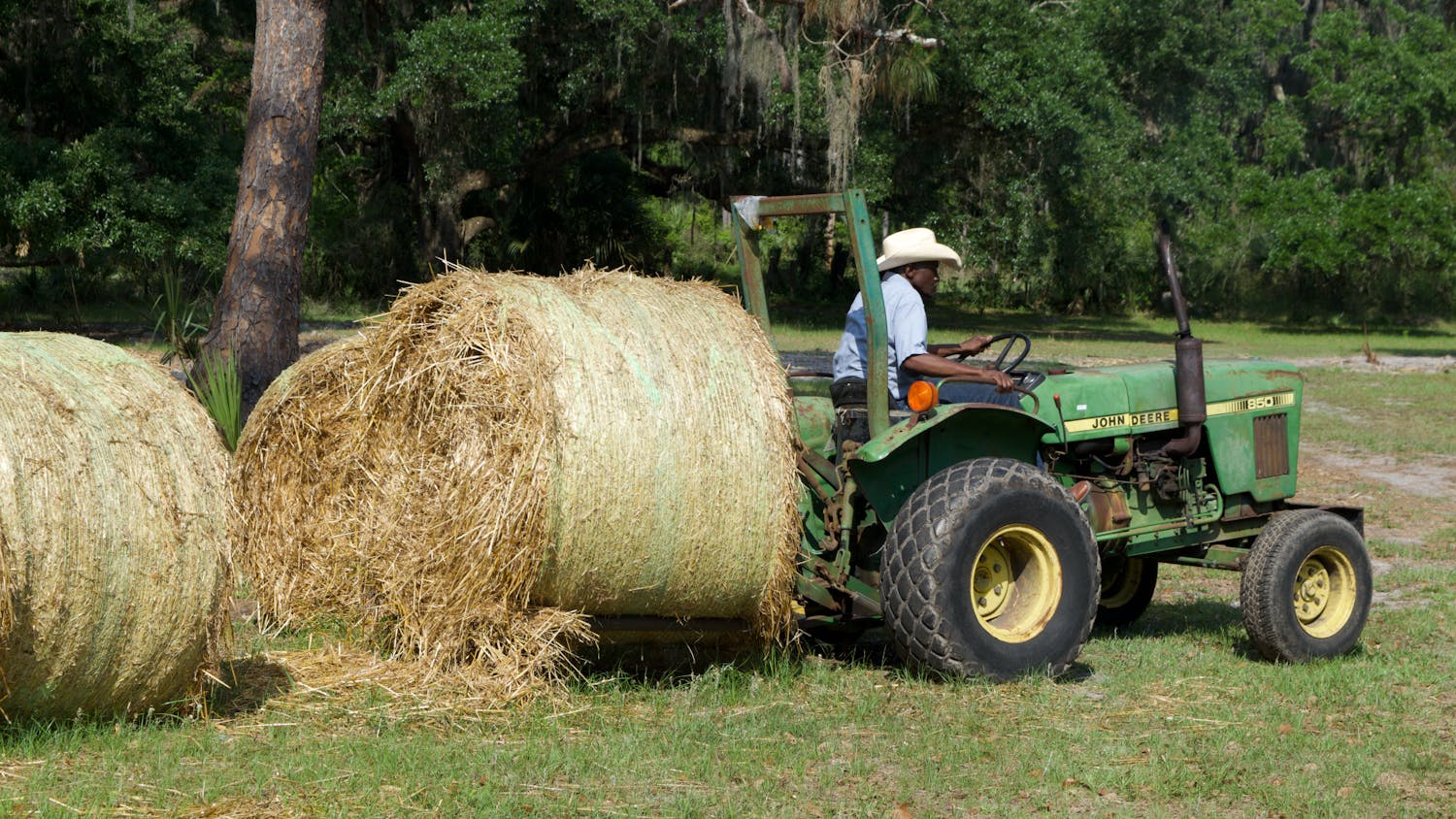UF is working to protect some of the ocean’s most fragile animals.
A joint effort of the UF Levin College of Law Conservation Clinic, the Alachua Conservation Trust Inc. and the Archie Carr Center for Sea Turtle Research has established a sea turtle conservation area in St. Johns County, Florida.
The conservation area creates a protected stretch of beach where people aren’t allowed, said Tom Ankersen, the director of the Conservation Clinic. Only researchers will be allowed on the stretch.
To help protect the turtles, the groups created the two-year conservation easement, which uses residential property. Ankersen hopes to expand sea turtle protection throughout the state.
Ankersen said he hopes property owners will sell or donate their land to help expand the nesting areas. The project’s budget is about $250,000, said Justin Caron, the Conservation Clinic’s director of special projects.
The groups chose to focus on sea turtles because they are endangered and many are still recovering from the 2010 BP oil spill in the Gulf of Mexico, Ankersen said.
Ankersen said the project will help the turtles and help student researchers learn.
“We work with conservation organizations to protect wildlife and its habitat for perpetuity, and we do that in a way that helps to educate students,” Ankersen said.
Melissa Hill, a 22-year-old UF interdisciplinary ecology graduate student, was the project coordinator for Alachua Conservation Trust.
Hill said she surveyed locals and gathered information on the feasibility of coastal conservation areas.
The nesting areas are important for sea turtles because it gives them a safe environment to lay their eggs, Hill said. It also helps them be as close as possible to the shoreline.
When the baby turtles hatch, they are small enough to fit in someone’s hands, Hill said. The newborns need as few obstacles as possible as they push their way through the sand and try to reach the ocean, since they already face other predators, she said.
Hill said she was excited to see the conservation effort come together successfully.
“I was excited about the potential for our project to be effective, and the community of professionals and volunteers that worked to conserve sea turtles,” Hill said.





